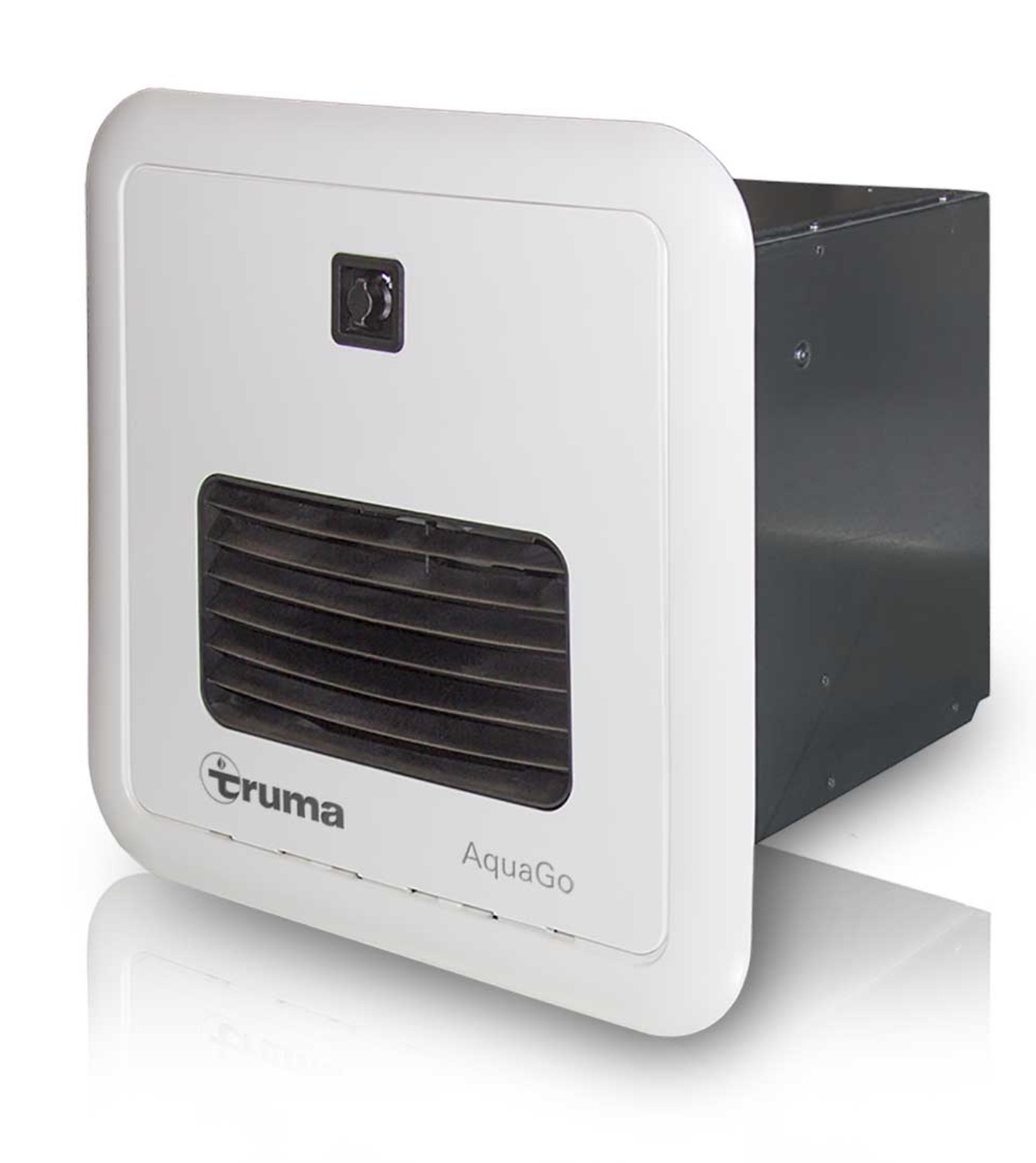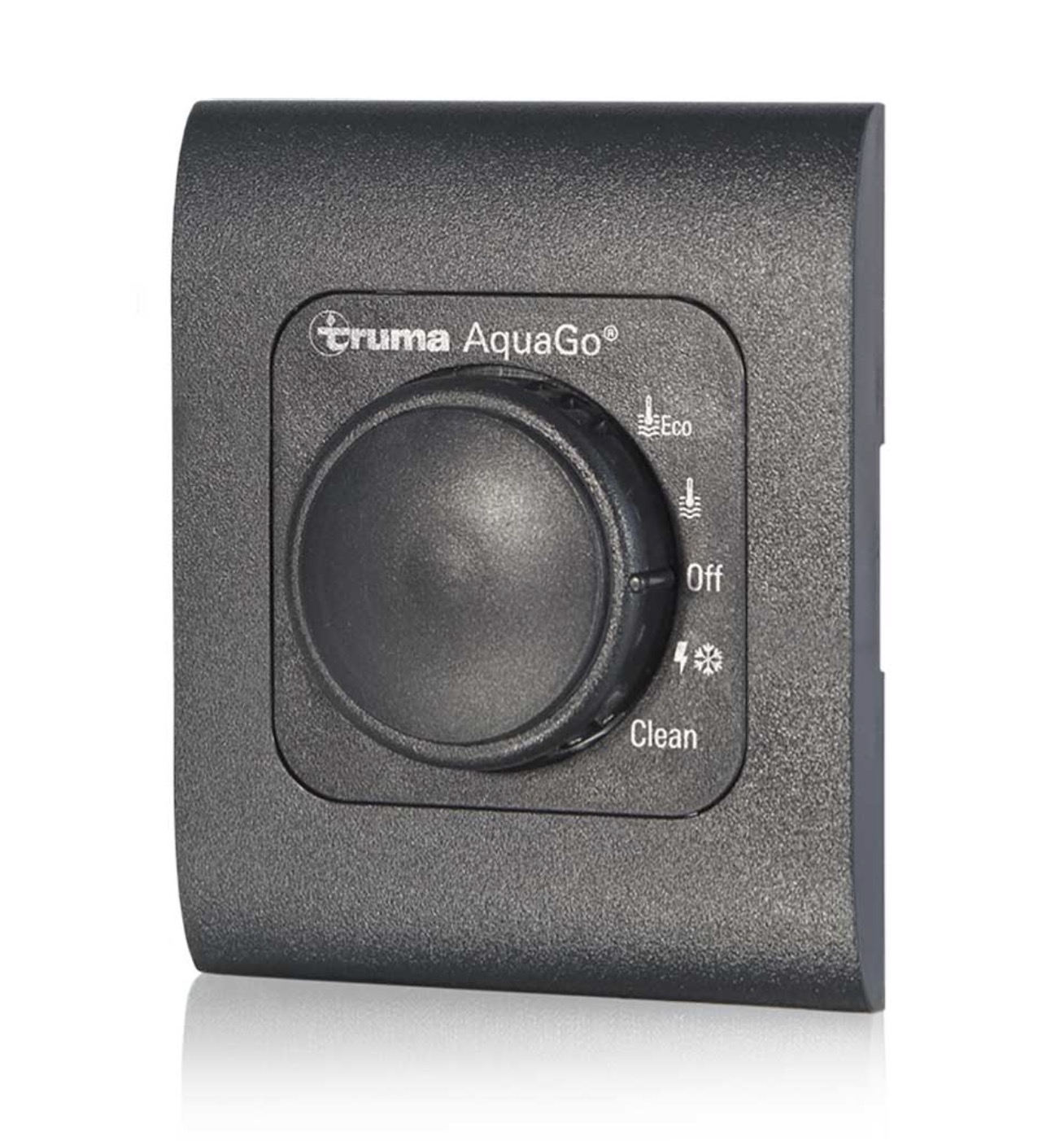
Putting Truma to the Test
When we bought our first Navion in 2012 one of the few systems that was completely familiar to me was the water heater. It was almost exactly like the one that my dad had in his 1971 Ute Liner, but as a "21st century product" the big upgrade was the self-igniting pilot light. My dad always kept a butane lighter handy for near nightly restarts.
Honestly, I'd given the water heater about the same amount of consideration that I have in the numerous residential properties with hot water heaters we've bought over the years. My deep analysis pretty much could be summed up as, "Yup. It's got one."
With all my work for Winnebago I have crossed paths with the folks from Truma over the last several years and they always made polite overtures that they'd be happy to swap my water heater out for their AquaGo product. While it seemed like a very generous offer, I would, in turn, politely decline.
In my mind there were three roadblocks: the hassle of replacement, the loss of dual heating options, and the belief that, for all their trouble to swap a unit out, I wouldn't notice much difference.
In September, we were in Elkhart, Indiana, for Winnebago's big product launch event. And once again, we revisited the conversation with the Truma execs. A few weeks earlier, I was talking with a couple of Travato owners who simply loved their Truma Combi system which combines hot water and heat. The Combi is a pretty amazing product, but its heat output just doesn't have the BTUs for heating a larger rig like a View/Navion. I think it was those Travato owner's passionate enthusiasm that finally pushed me to relent and hand over the keys to our rig to let the Truma techs do their thing.
The next morning I headed inside the Winnebago display area while two technicians showed up. By lunch I walked out to see how they were coming only to find a new hot water heater installed and the instructions sitting next to the sink in the galley with a blue rubber ducky. Okay - so that happened.
A couple of days later, the product launch event was over and we headed off for a ten day wander through Indiana and parts west. It would be the perfect test. With 80,000 miles of Navion travel over the past five years, I knew exactly what to expect from our water heater. So, the changeover in our existing Navion would really allow me to get the best comparison you could hope for.
As my good friend Kelli often says, "Holy Buckets!" Yeah, it was that much better. I know, I know. You're thinking the same thing I did, "How much better can a water heater be?" Well, let me tell you, a lot better.
Let's work through my roadblock list one at a time. First, the changeout was reasonably easy and had no impact on other systems. Most importantly, the exterior cover fit exactly and has a much sleeker, smoother and finished appearance than the old heater.
 Sleek and stylish, the AquaGo looks great on the outside and slides into a standard RV hot water heater opening.
Sleek and stylish, the AquaGo looks great on the outside and slides into a standard RV hot water heater opening.
The next thing was noise. The Truma barely makes a peep. In our floorplan (a J), if the window is open in the evenings (and sometimes, even if it isn't), I could be awakened briefly by the whoosh of the old heater as it blowtorched the reservoir tank back to temperature. When the Truma comes on, you barely hear it. But better yet, it only comes on when you're using hot water -- so no nighttime "hot flashes."
 A simple control allows you to set the super-efficient eco, regular, and cold weather modes.
A simple control allows you to set the super-efficient eco, regular, and cold weather modes.
Another roadblock was losing the ability to heat hot water electrically when we were connected to shore power. As we used the Truma over a period of ten days it seemed to sip LP gas. It only uses gas when hot water is demanded (or the outside temps drop below freezing). And, when it does come on, it's very efficient, so gas-only became a total non-issue.
While we haven't tried it yet, a couple of years ago I shot a video showing how easy it is to winterize the Truma. Unlike having to go buy a large 1" socket to open the drain of my old hot water tank and wait for a few minutes as the thing drained out on the drive, you pull a small lever-like chute down and a small amount of water spills out in seconds. Done!
But, I've saved the best for last. The most amazing thing about the Truma AquaGo is the consistent quality of 120-degree hot water it puts out. Starting with the 2016 View/Navion models, Winnebago changed the shower piping that allows you to get hot water more quickly without wasting water waiting for it to come up to temp. But even without that feature, I know our shower water use has become significantly more efficient. Here's why: old style tank water heaters push warm water out first and then you're hit with near scalding 140+ degree water. You waste a lot of water waiting for the super-hot temperature flow and then you're fussing with the hot-cold balance. All of this means water waste, and in compact coaches when you're boondocking, that's not good. If you're hooked up to city water, you'll get never-ending hot water which will allow you to easily sing the entire first act of Madama Butterfly without interruption.
Now there are two schools on water temp. Some people like very, very hot - near scalding - water. For years I ran our home hot tubs at 104 degrees which is pretty hot to ease into (most hotels set their tubs at 102). Even if you tolerate hot water well, most people will not shower hotter than 110 degrees. The Truma's 120 degree output did require a bit of cold to temper it. And while 140 degree water can scald, it doesn't disinfect. Typical of German precision, the folks at Truma have pretty much figured all this out (in centigrade, of course).
It always comes as a shock to North Americans that Europe is a larger RV market. And who is the largest dominant supplier of water heaters in the European market? I can see by a show of hands that most of the class has deduced that it's Truma. Righty, right. Like many technologies and ideas, Winnebago has looked to proven products like the AquaGo to add into their coaches which provide a better overall ownership experience.
Truma products have proven to be very trouble free and as part of their growing presence in the U.S. market, the company has made significant investments in national parts and service. Maintenance of the AquaGo is minimal. Occasionally you need to put some water descaling tablets (available from Truma) and run a cleaning cycle to keep the heater at peak efficiency, but that's pretty much it.
If you find that you need to replace an existing water heater, take a long hard look at doing so with a Truma AquaGo. It costs more, but I think you get what you pay for. And if you're looking at a coach on the lot, or planning on ordering one, definitely include the AquaGo on your "must have" list. It's the kind of hot water worth getting into.
Comments
Comments on this post are moderated, so they will not appear instantly. All relevant questions and helpful notes are welcome! If you have a service inquiry or question related to your RV, please reach out to the customer care team directly using the phone numbers or contact form on this page .